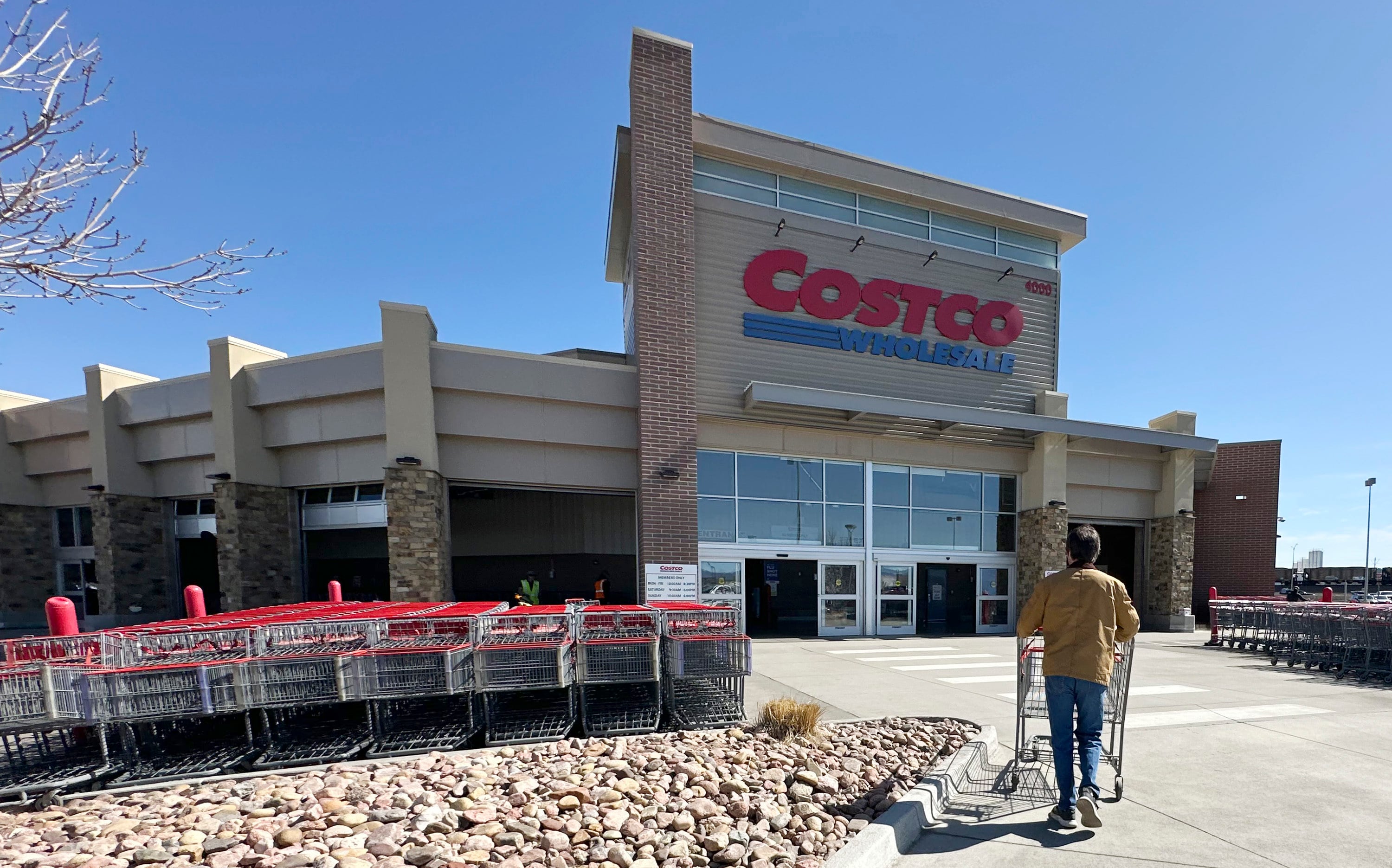Google is the latest Silicon Valley giant to move into financial services, with plans to offer consumer checking accounts as early as next year accessible through the Google Pay app.
The search giant has partnered with Citi and Stanford Federal Credit Union, who will handle the heavy lifting in the backend and compliance, and is seeking to position those brands more front-and-center to customers than its own, Caesar Sengupta, a general manager of payments at Google, said to the Wall Street Journal Wednesday.
"We're exploring how we can partner with banks and credit unions in the U.S to offer smart checking accounts through Google Pay, helping their customers benefit from useful insights and budgeting tools while keeping their money in an FDIC or NCUA-insured account," a Google spokesperson said in an emailed statement shared with Cheddar.
By contrast, Apple, which launched a credit card earlier this year in partnership with Goldman Sachs, continues to market it as a new product "Created by Apple, not a bank."
In the last month alone the biggest Silicon Valley firms have introduced extensions of their financial services integrations: In October Uber, in partnership with PayPal and Green Dot, said it would offer its drivers debit cards and instant payouts; last week JPMorgan Chase said it's developing an e-wallet for Amazon and gig economy platforms like Lyft and Airbnb; on Tuesday Facebook began rolling out Facebook Pay in partnership with PayPal and Stripe as well as other payment processors.
The Google news is different though, said Ian Benton, a senior analyst at Javelin Strategy & Research; it's a standalone checking account that would directly compete not just with major banks like Chase and Bank of America but also neobanks and challenger banks, which have secured a record $2.5 billion in funding this year, according to CB Insights, but haven't seen very much consumer adoption.
"You've seen this steady encroachment into services that duplicate what a bank does today," Benton said. "It started with wallets and payments, moved to credit cards, and now it's moving directly into banks' core product, which is a checking account."
The adoption won't take place overnight, he added, as it could take years for the general public to understand the convergence of the two industries and become okay with the idea of a company like Google being people's primary banking relationship.
"Google has always been good at marketing to people who are really tech-savvy and a little older, but it's always had this challenge rolling out a unique product and getting mass adoption and making it feel relevant for younger people," Benton added.
Incidentally, Google was the first to try contactless payments, launching the first iteration of Google Pay in 2011. The idea of paying with your phone in physical stores didn't take hold until the launch of Apple Pay in 2014 — and that didn't even see significant adoption until 2018.
Benton also noted that while Silicon Valley companies like Square, Stripe, and PayPal have come for banks' business banking customers, he never thought he'd see Google as a disruptor in business banking — at least not so soon — but that it could be in a strong position to do so. Stanford Federal Credit Union, one of its initial partners, serves the Stanford University community and other tech companies.
For years financial institutions have struggled with an identity crisis, mentally preparing to become invisible brands in the background of more popular non-banking platforms while also having to maintain enough brand strength to continue owning customers' trust — which is required of every financial institution no matter how their roles evolve.
"Tech companies have become the preferred platform for users," as opposed to young fintech apps, said David Sica, a partner at fintech-focused Nyca Partners. "These companies are perfectly positioned to provide them with the service they want rather than sending them away. As they offer more integrated financial services they'll increase the table stakes with the others."
It's also a way for them to diversify their offerings — and revenue streams — particularly among the high-profile group of companies that find themselves under fire more and more frequently for how they share, sell, and generally manage consumer data.
Sam Maule, the North America managing partner at digital banking consultancy 11:FS, said financial institutions are increasingly becoming "walled castles and tech giants are providing new gateways and drawbridges."
"What will be interesting is who pays the toll for this — the consumer, the bank, or the retailers that Google looks to monetize this access," he said. "Will this be some sort of opt-in feature to push reward programs with Google partners? There needs to be a reason for me to want to use Google Pay instead of Apple Pay."








